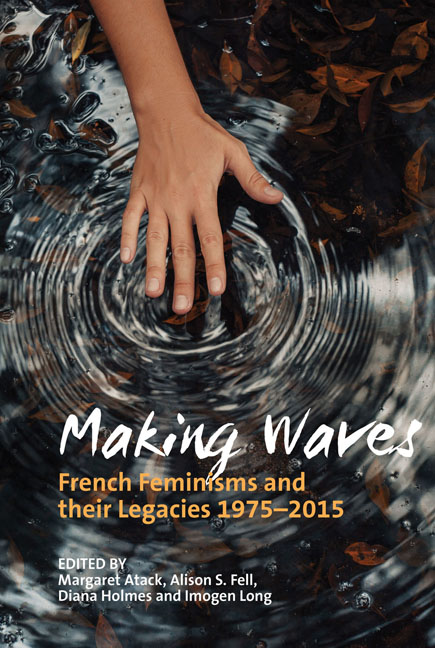Book contents
Conclusion
Summary
Successive waves of feminism have produced significant gains for women, in France as elsewhere. Even though progress stalls and is reversed, even though the same battles have to be fought over and over again, it would be unduly pessimistic to deny that the daughters and granddaughters of mid-1970s activists live in a society that offers more life chances to women. The metaphor of waves is a rich one: waves gather, crash and fall, are sucked back into the ocean by the gravitational pull of moon and sun, but they are also powerful in their effects, their swash and energy moulding the landscape through erosion and abrasion, and through the sedimentation that creates new land. In the past half-century women have won much greater control over their own reproductive capacity, have occupied and appropriated public spaces, both literal and metaphorical, in myriad ways, have established in collective consciousness the existence of a force called ‘sexism’, and the fact that it is wrong. Emmanuel Macron, elected president of France in May 2017, made the very public gesture of appointing a cabinet equally composed of women and men, and declared that he would make equality of the sexes a major objective. In the first year of his presidency he announced policies of immediate fines for anyone caught engaging in gender-based insults in the street, of increased provision of refuges for victims of domestic violence, of a national online service for those (i.e. women) suffering sexual discrimination or harassment, of a lengthening of paternity leave (see Chapter 4) and of sanctions for firms who fail to remedy the gender pay gap. He also promised that every educational institution will have a designated equalities officer. Such a raft of state policies would have been unthinkable 50 years ago and all of these initiatives address issues raised by the second wave women's movement.
- Type
- Chapter
- Information
- Making WavesFrench Feminisms and their Legacies 1975–</I>2015, pp. 229 - 234Publisher: Liverpool University PressPrint publication year: 2019



